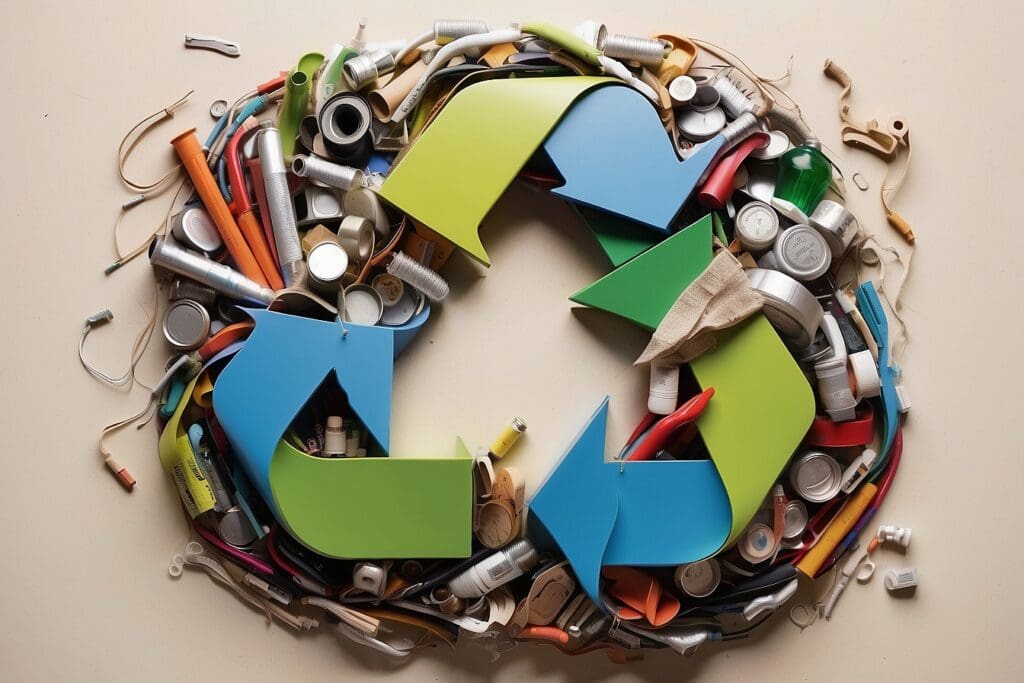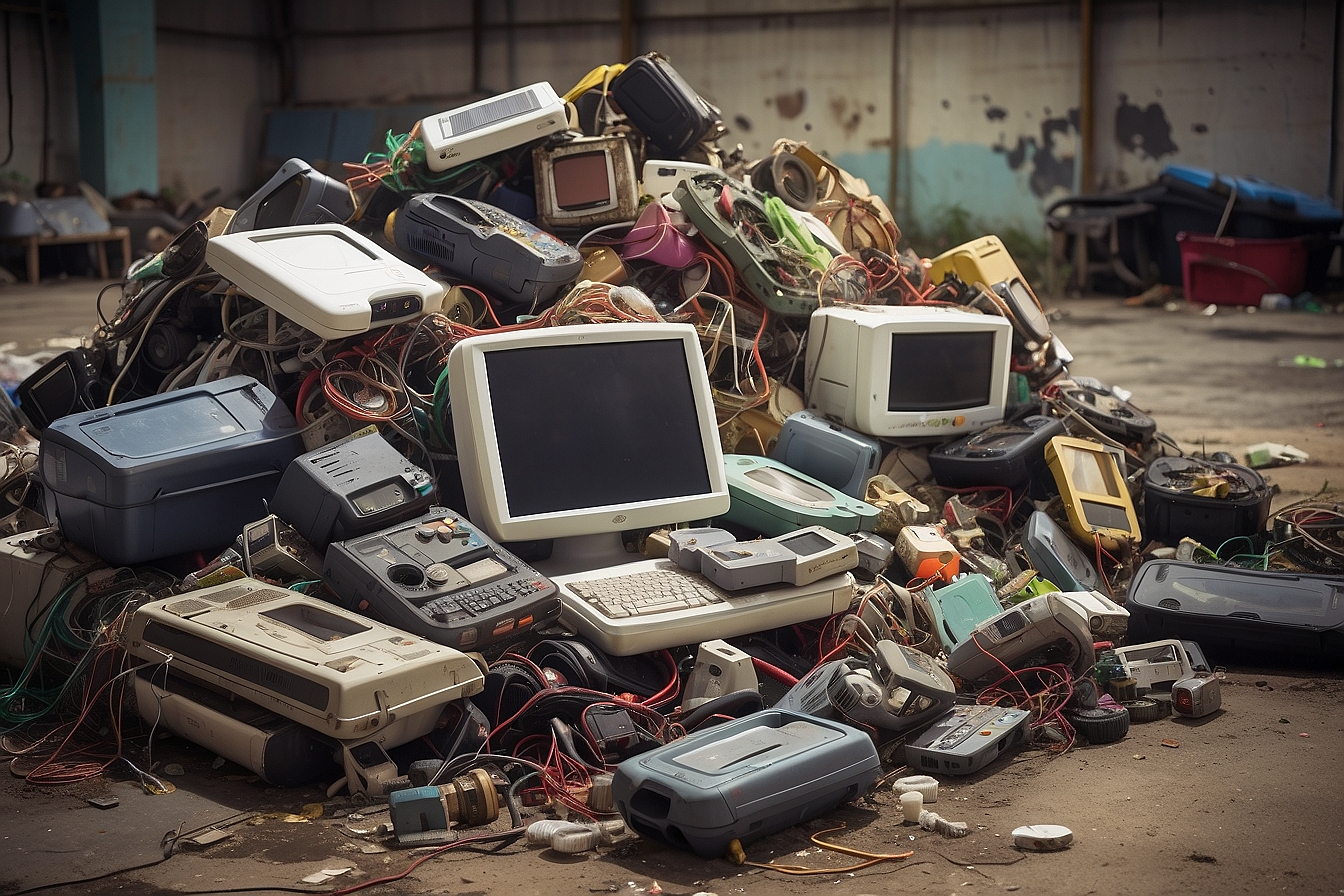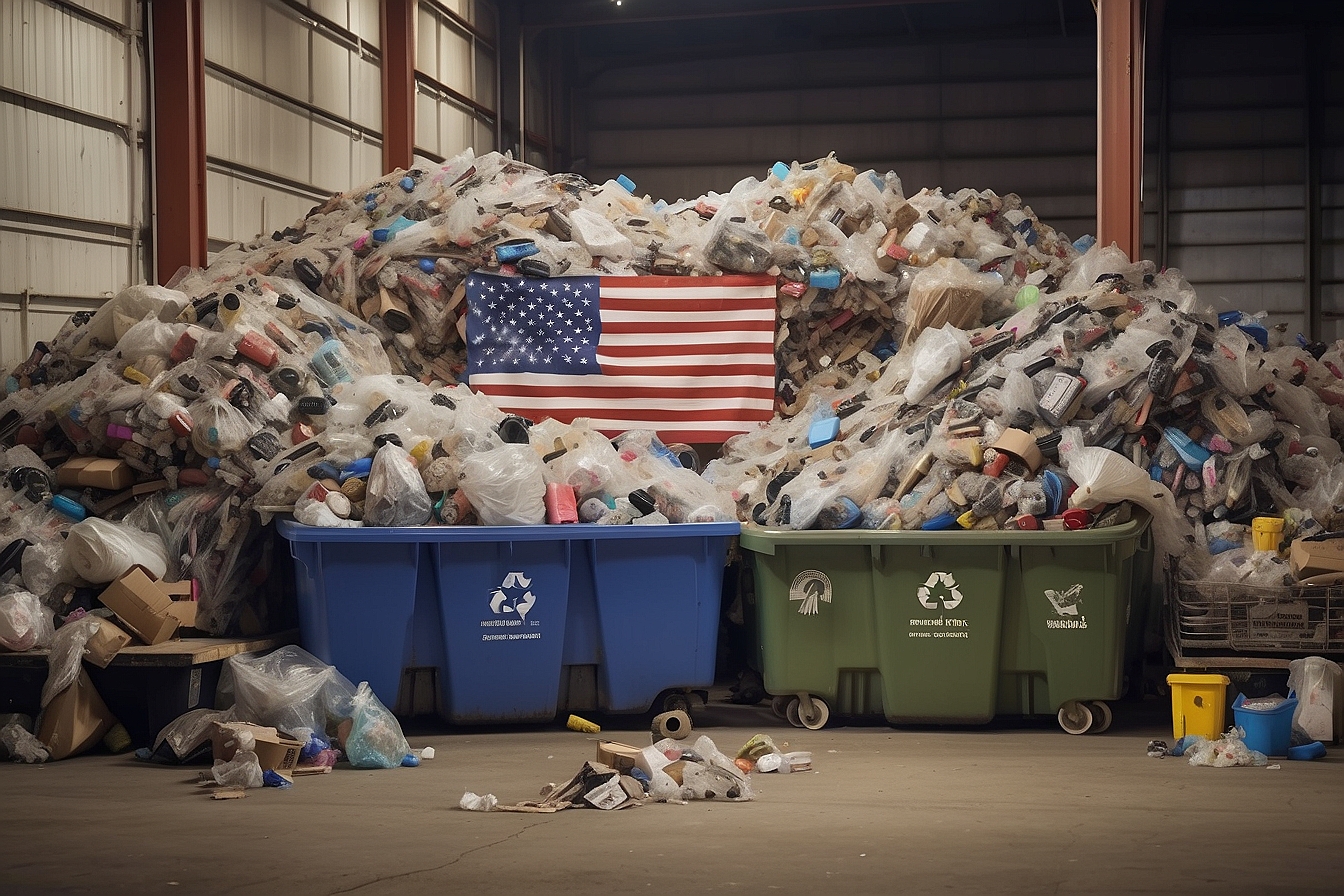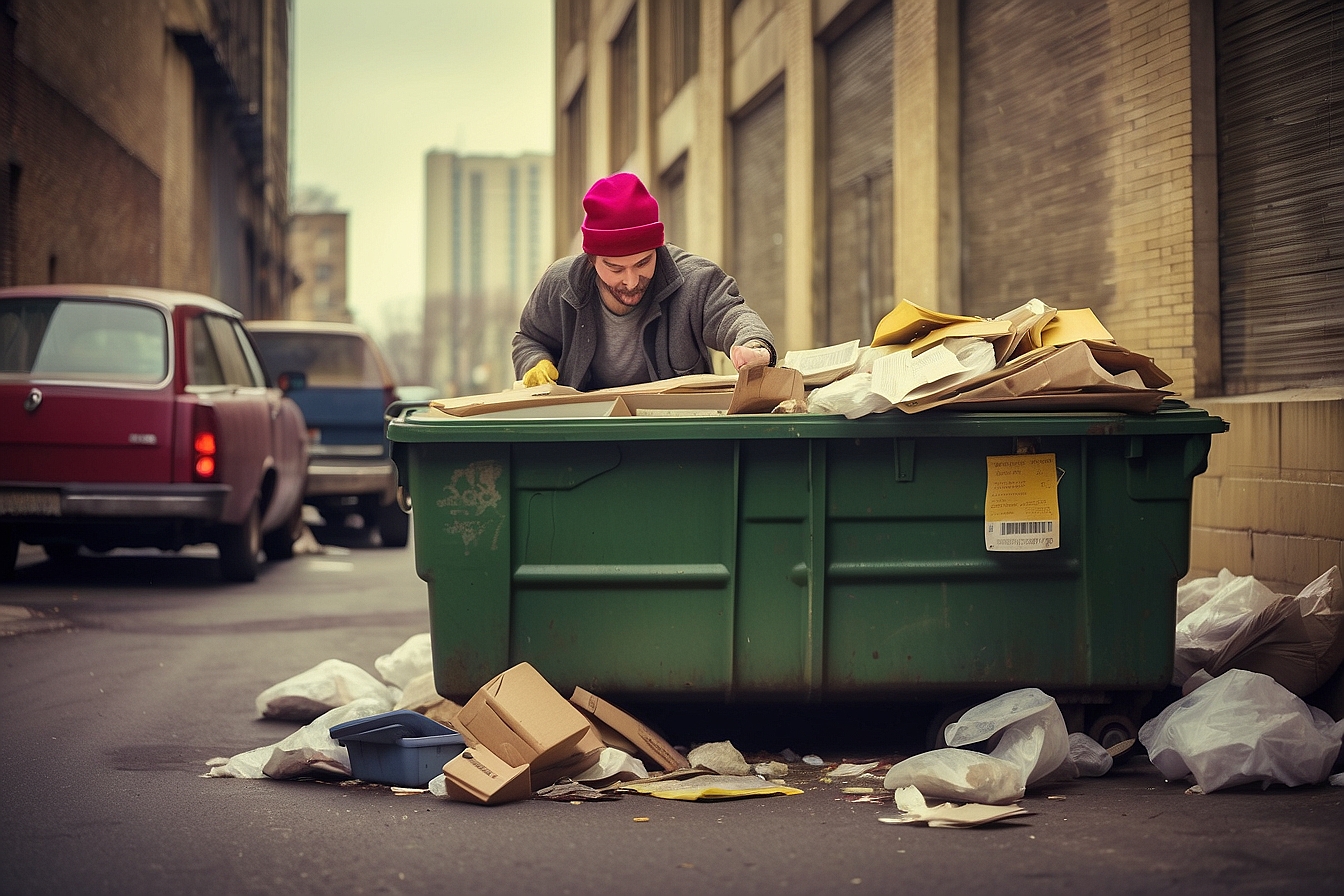As recycling programs across the country continue to expand and provide more options, the question as to what can and cannot be recycled may become more and more confusing. Some typical questions may be: can I recycle this pizza box with my other paper; should I recycle this broken bottle; do I need to wash out my plastic shampoo bottle, etc? Every city or town has a unique recycling program, and keeping up with the evolving system can involve a lot of research and energy. However, one point in common with every recycling program is that if you do not recycle properly, you can end up doing more harm than good for the environment. In order to better understand the harm of improper recycling, it is important to understand the entire recycling process.
The Cost of Recycling Mistakes…
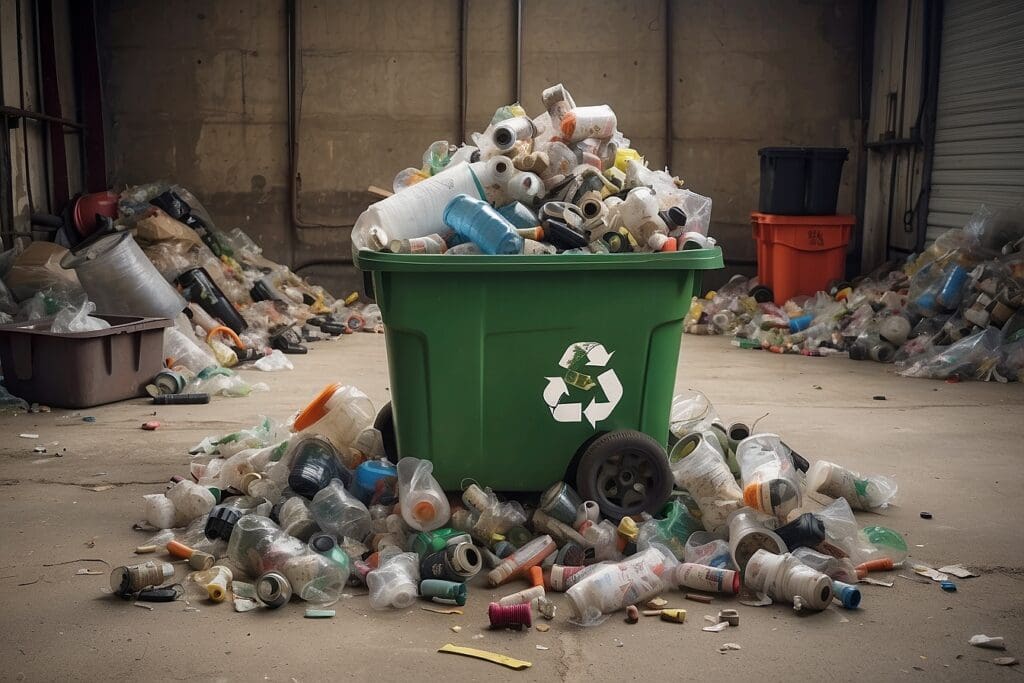
The recycling process is a three-part system, and each part of the process is essential to making the whole system work. The first part is collection—materials are separated from the waste stream and prepared to become raw materials. The collection can be the most confusing part for the public because every community has a different system for sorting and collecting materials, and it is directly dependent on participation. The second part is manufacturing—recovering recycled materials, instead of using raw virgin materials, to make new products. This part is directly dependent on the collection process, because when done improperly, the raw material that could have been recycled end up in landfills. Finally, the last part is buying—purchasing recycled products as consumers to make the whole recycling process economically viable. If the collection and manufacturing parts are not done properly, the recycling process can be a big waste of resources. However, if we do not continue to recycle and increase the demand for recycled products, an even larger burden is put on the environment for new, virgin materials.
In order to make the entire three-part recycling system successful, it is up to the public to properly sort materials to be recycled. Some of the most common forms of recyclables—accepted by most recycling programs across the country—include paper, plastic, glass, and metal. Although, as mentioned above, every community is different as to how and what they are able to recycle, so it is important to do thorough research before you begin recycling. By placing a soiled pizza box in with paper recyclables, or a broken bottle in glass recycling, this not only ruins the entire batch of recyclables it is mixed with, but it also ends up costing taxpayers a lot of money to transport the soiled waste to a landfill. According to the City of Madison, WI, “On average 8.3% of the material that is put in Madison’s green recycling carts cannot be recycled. This material is removed at the recycling plant and sent to the landfill. This misplaced trash cost Madison taxpayers $89,000 in 2006.”1 The most common mistakes found in the City of Madison’s recycle bins include soiled pizza boxes, broken glass, light bulbs, scrap metal, Styrofoam, plastic bags, and take-out cups. In some cases, these mistakes can be easily removed and sent to the landfill, but in other cases the materials can end up contaminating their entire batch and sent to the landfill. Below is a break-down of why some of these common items can not be recycled:
Paper: Most paper can be recycled, but it is important to keep soiled paper out of your recycling bin (with the exception of communities like San Francisco who are able to compost soiled paper). According to earth911.org, “Unlike plastic or glass, where the recycling process includes heat, paper is broken down using water. And as the old adage clearly states, water and oil don’t mix. That’s right, throwing a used paper plate, napkin or stained pizza box in with the rest of the paper for recycling can actually do more harm than good. In fact, we’re talking about 700 million dollars in contamination each year. Since the paper is mixed in large vats, and inspection at a recycling plant can only catch so much, it just takes a few contaminates to add oil to the watery pulp, and in turn, render the entire batch useless.”2
Plastic: Almost all recycling programs accept plastics number 1 and 2. Plastics can be confusing because their number distinction is found inside a “recycle” symbol, and this symbol identifies what the plastic is made of, not necessarily that it can be recycled in your community. Plastics that can not be recycled are eventually transported to a nearby landfill, contributing to their carbon footprint and costing taxpayers extra dollars.
Glass: Recyclable glass almost always refers to “container” glass—that is, bottles and jars. Other types, like windshields and Pyrex, have different melting points and are not accepted by most recyclers.3 Often, these “other” types of glass can be dropped off at specific recycle centers, or they may just end up being transported to the landfill. Broken glass can be hard to recover when sorting at the recycling center, so it often ends up in the trash pile, as well.
Metal: Recycling metal saves a significant amount of time and energy than producing products from virgin materials. Aluminum and steel can are commonly accepted by most recycling programs, but larger metals are not. Often, large pieces of scrap metal or automobile parts can not be recycled and will eventually have to be transported to a landfill or another specific recycling center. Again, this adds an unnecessary carbon footprint to the waste and can cost taxpayers extra money.
Recycling can be confusing, but when done properly, it is well worth it in the end. Once you investigate the ins and outs of your local recycling program, the rest is easy. To learn more about recycling, check out some of the Greeniacs Guides:

